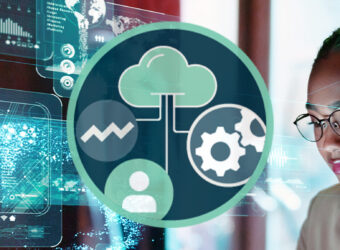Reposted from World Bank Blogs (Initially published on May 24, 2022)
Over the last decade, the European Space Agency (ESA) has been supporting the use and integration of satellite-based environmental information for development assistance activities. The strategy, and the main focus, has been to work with the international financial institutions (IFIs) in the development sector, such as the World Bank, Asian Development Bank, International Fund for Agricultural Development, and Inter-American Development Bank.
In 2016, through the Earth Observation for Sustainable Development (EO4SD) initiative, ESA launched the first batch of regional-scale demonstration activities in three thematic domains (Urban Development, Agriculture & Rural Development, and Water Resources Management) which concluded in 2019 and 2020. A second batch of an additional four activities was started in 2018 in the domains of Marine Resources & Coastal Environment; Disaster Risk Reduction; Fragility, Conflict & Security; and Climate Resilience and concluded in 2021 and 2022. The final activity under EO4SD, dedicated to Forest Management, started in September 2020 and is foreseen to conclude in 2023.
Advancing the concept of EO4SD, the ESA Global Development Assistance (GDA) program was launched in 2020 with the long-term objective of “mainstreaming” and “operationalizing” the use of EO-based information for international development assistance projects and activities. The aim of this program is to deploy new earth observation knowledge development activities in cooperation with partner IFIs (such as the World Bank) who, in turn, facilitate the sustainable adoption of those technologies through associated capacity building and skills transfer efforts.
In order to achieve those two objectives of mainstreaming and operationalizing EO-based information in IFI operations, GDA builds on the experiences of the EO4SD initiative with a special focus on the most recently concluded four thematic cluster activities. Therefore, on April 26-27, a series of four events were organized in order to showcase the support that was provided and draw lessons from the implementation of the EO4SD Climate Resilience, Disaster Risk Reduction, Marine Resources & Coastal Environment, and Fragility, Conflict & Security cluster activities. For each thematic cluster, concrete examples of provided EO services were presented and discussed with the World Bank teams involved in those collaborative activities. These were followed by discussions on bottlenecks and opportunities at a strategic level. The recordings and slides presented for each session are available here. Some exemplary use cases presented included the following:
- The EO4SD Climate Resilience cluster supported the IFC in the integration of a new tool focusing on extreme rainfall indicators to improve its assessment of future flood impacts.
- The EO4SD Disaster Risk Reduction cluster has collaborated with the City Resilience Program (CRP) throughout a demonstration on how the ESA Geohazards Exploitation Platform (GEP) can be used in the provision of systematic terrain deformation analysis. See Figure 1 below.
- The EO4SD Fragility, Conflict, and Security cluster provided support to the Emergency Operation for Development in Iraq through the analysis of the evolution of the urban fabric and of the local infrastructure.
- The EO4SD Marine Resources & Coastal Environment cluster provided support to the West Africa Coastal Areas Management Program (WACA) through the analysis of shoreline change, oil spills, coastal land use, and water pollution. See also the 2020 West Africa Coastal Areas Masterplan report.
Figure 1. Selected Sentinel-1 terrain motion products for Cap-Haitien, Haiti
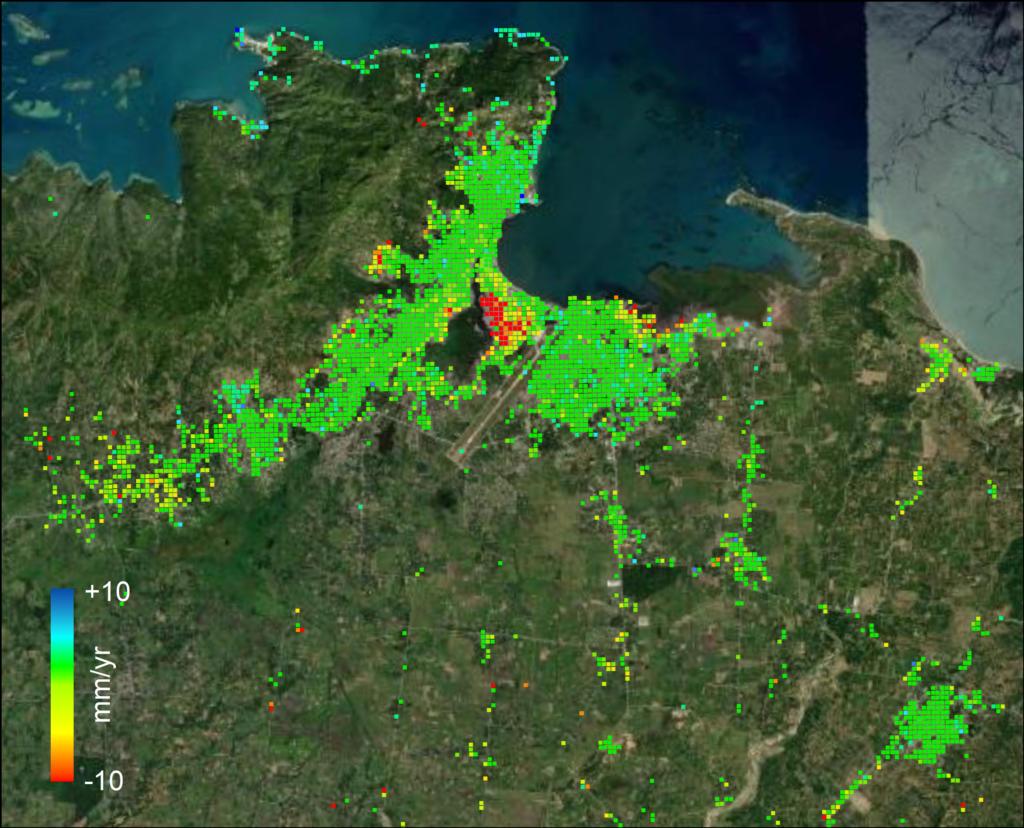
With the contribution of 37 speakers and the participation of over 200 people over two days, several important common lessons were highlighted across the four events, including:
- The importance of coordinating and complementing knowledge development activities of the GDA program with capacity building and skills transfer activities, to achieve the objectives of mainstreaming and operationalization of EO-based information. In addition, the need for a more integrated, coordinated, and sustainable approach to capacity building was expressed.
- The necessity to find the right programmatic vehicles at the World Bank to deploy earth observation technologies regionally at scale while maintaining strong links with individual projects, in order to ensure ownership and adoption by stakeholders.
- The urgency to push for integrated deployment of the different GDA thematic activities, and full exploitation of potential synergies to provide comprehensive and efficient support.
Going further, the discussions, insights, and lessons that emerged will be instrumental in informing the next steps of the ESA-World Bank partnership, and in particular the implementation of the Global Development Assistance (GDA) programme and associated Bank efforts such as the new Digital Earth Partnership program under the Global Facility for Disaster Reduction and Recovery (GFDRR). In an effort to further learn from the EO4SD initiative and inform the GDA program, a structured analysis of the impact of the support provided through the EO4SD initiative has been presented during the ESA Living Planet Symposium which took place from May 23-27, 2022.
Would you like to know more about the EO4SD initiative? Please refer to the following content:
- EO4SD initiative website
- EO4SD Marine, Disaster, Climate and Fragility wrap up webinar series
- EO4SD Urban Development webinar series
- EO4SD Climate Resilience webinar series
- EO4SD Water resources webinar series
- EO4SD Agriculture and rural development webinar
- EO4SD Fragility “Geospatial Information Technology (GIT) in Fragile Contexts” e-learning course



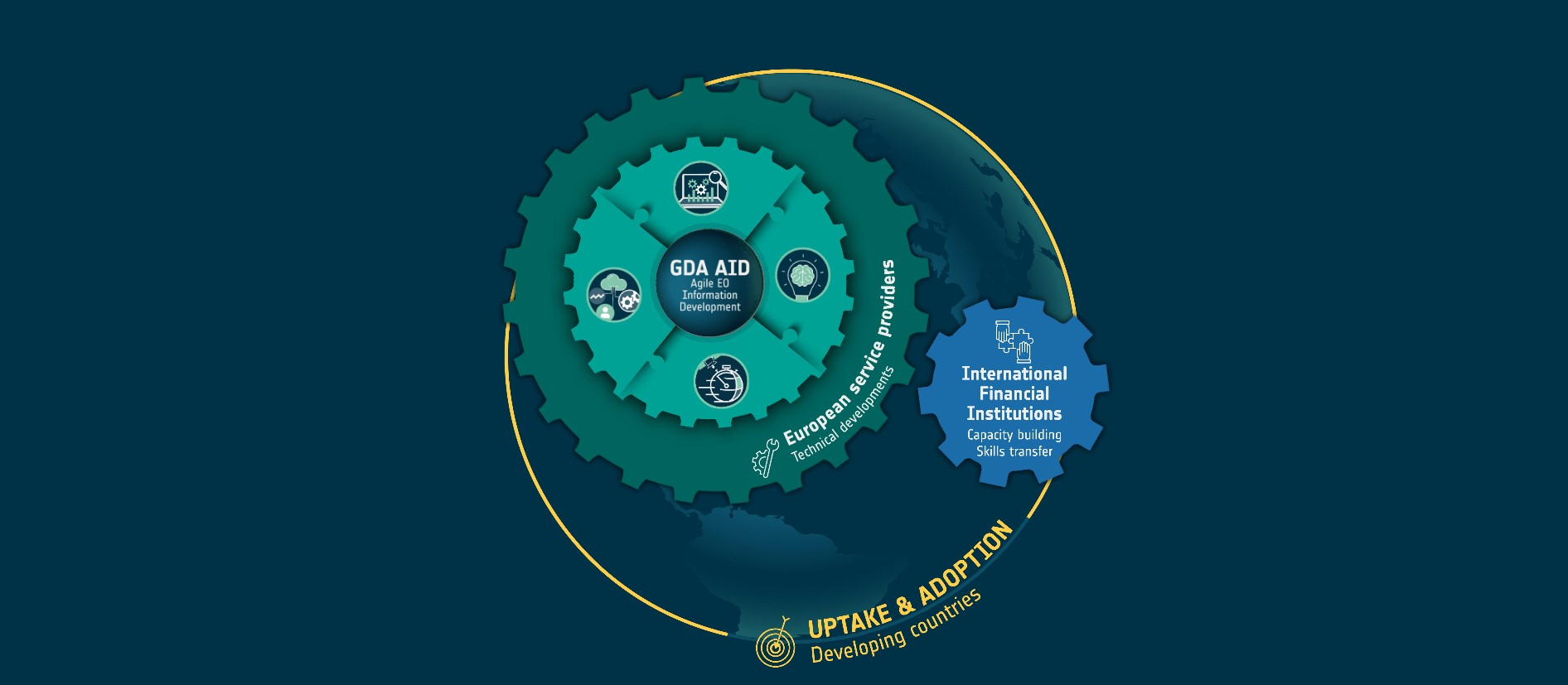



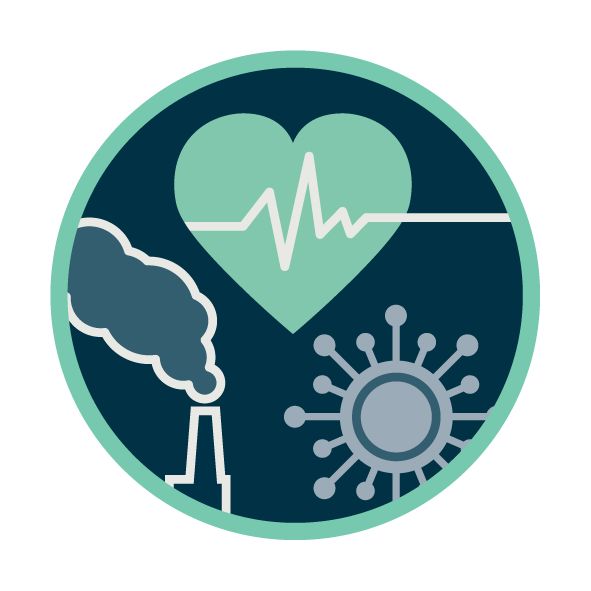

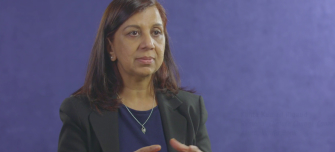


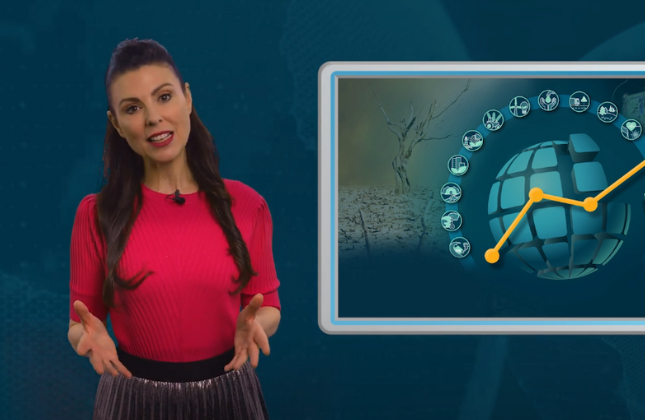


![[VIDEO] Space for IDA progress review film from Imperative Space](https://gda.esa.int/wp-content/uploads/2024/06/Imperative-Space-340x250.jpg)

